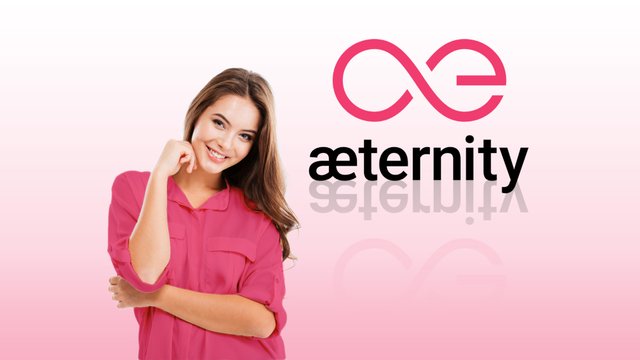What is AEternity?

AEternity is a 3rd generation blockchain that boasts infinite scalability and enough speed to handle not just micropayments but nanopayments, but this is not all. It features something they call State Channels to handle transactions in real-time off-chain, only referring to the blockchain in case of discrepancy.
It applies a unique consensus method called Cuckoo, which combines Proof of Work and Proof of Stake. Proof of Work is used to ensure the validity of transactions, while Proof of Stake is used for electing delegates for voting on community measures.
One of the most interesting features of the AEternity blockchain is the support of multiple VMs (Virtual Machines) to run on top of it. AEternity has created a brand new, safer contract language called Sophia. It is applied to AEternity’s high level virtual machine called FTWVM (Functional Typed Warded Virtual Machine). Sophia’s primary use will be in more complex applications.
A 2nd high-level smart contract language called Varna (similar to Bitcoin’s Script language, but with no loops and a fixed gas price) uses its own virtual machine - the HLM (High Level Machine) - and it iss designed to cover fast, everyday-use contracts.
What would a blockchain be without supporting a Solidity smart contract? AEternity does this as well, allowing a developer to transfer their Ethereum VM contracts with ease.
What is most interesting about Aeternity is they took a mobile-first approach with their blockchain, which traditionally has come as a later step in 99% of other blockchain projects. When most people today are using mobile phones instead of computers, this approach is long overdue
AEternity has an incubator to help developers get the education, training, and funding needed to build apps on their platform. They also travel the globe holding workshops for hands on and in-person training. Their team is well-rounded with dozens of blockchain coders, engineers, Erlang developers, region-specific community managers and advisors.
The main net was delayed until Q3 2018. Optimal mining hardware is yet to be established, and stress testing results have not yet been published. The Cuckoo Cycle is ASIC-resistant, and would require a brand new application specific integrated circuit to be developed just for this. Because it is highly memory intensive, it would not be as profitable to create one, when compared to different coins.
Interesting Facts:
● Sophia is one of two smart contract languages that are native to the AEternity blockchain (Varna being the other). To learn more about how Sophia works, visit this blog article: https://blog.aeternity.com/%C3%A6pps-update-sophia-smart-contract-language-2b5a957c9416
● A comprehensive introduction to the lead developers of AEternity and the work they have done on the project can be located on their blog: https://steemit.com/blockchain/@aetrnty/the-developers-and-development-of-aeternity
● A Cuckoo cycle is a unique type of algorithm, developed by John Tromp, who is an advisor to AEternity. A detailed explanation can be found here: https://blog.aeternity.com/q-a-at-reddit-with-john-tromp-inventor-of-the-cuckoo-cycle-mining-algorithm-c316119c07e9
● Development began in Q1 2017, with a product launch less than 2 years later. While there was a delay from the initial launch date of Q2 2018, it is well within an acceptable time frame for a project of this complexity and power.
Website: https://aeternity.com/
Whitepaper: https://aeternity.com/aeternity-blockchain-whitepaper.pdf
Coinmarketcap: https://coinmarketcap.com/currencies/aeternity/
Originally published at cryptofinance24.com.
What i like most about aeternity is their drive for improvement not only for themselves but for uprising projects too with their Starfleet accelerator. They are doing it for the second time now and here's the announcement. https://cryptobriefing.com/aeternity-ventures-announces-second-round-of-starfleet-accelerator/